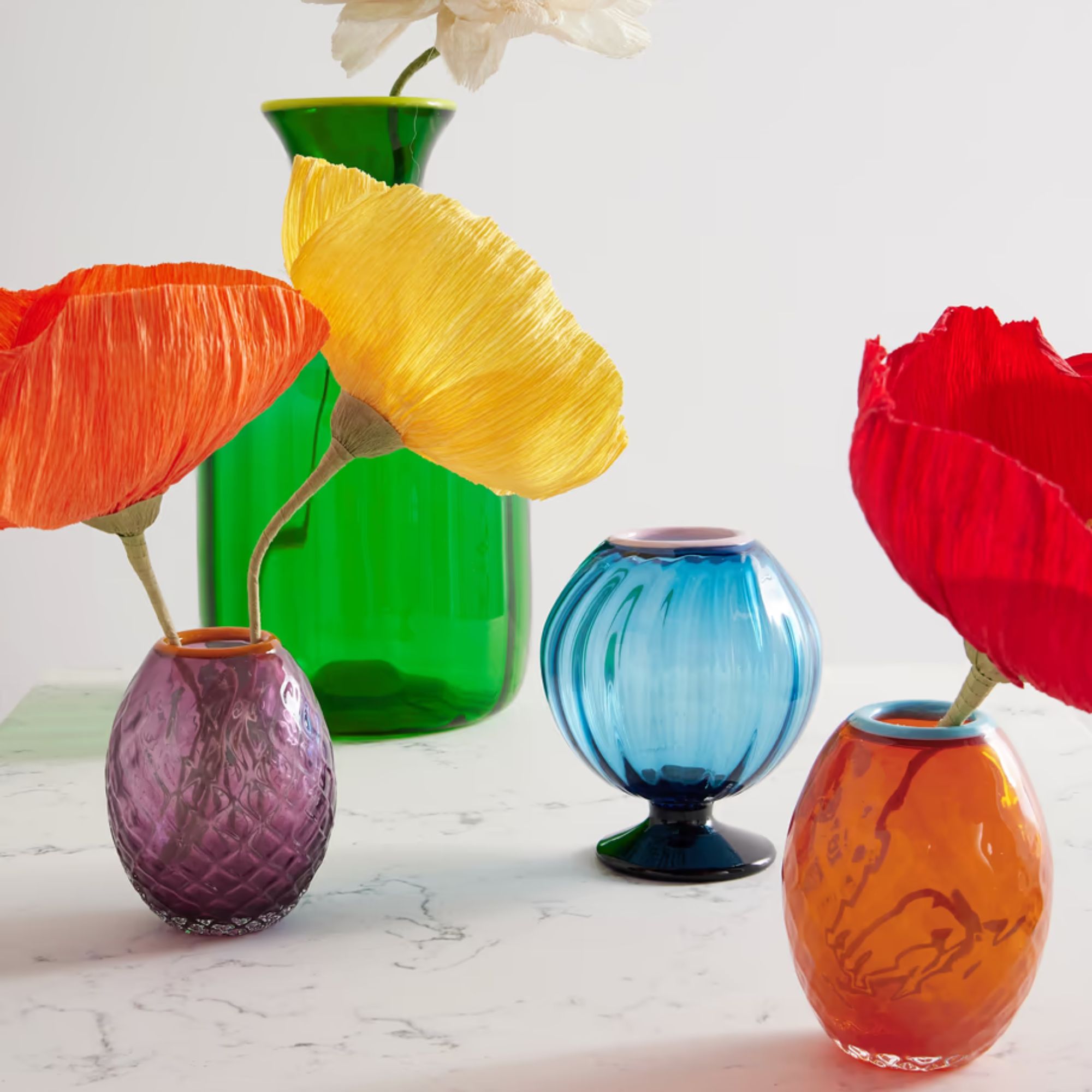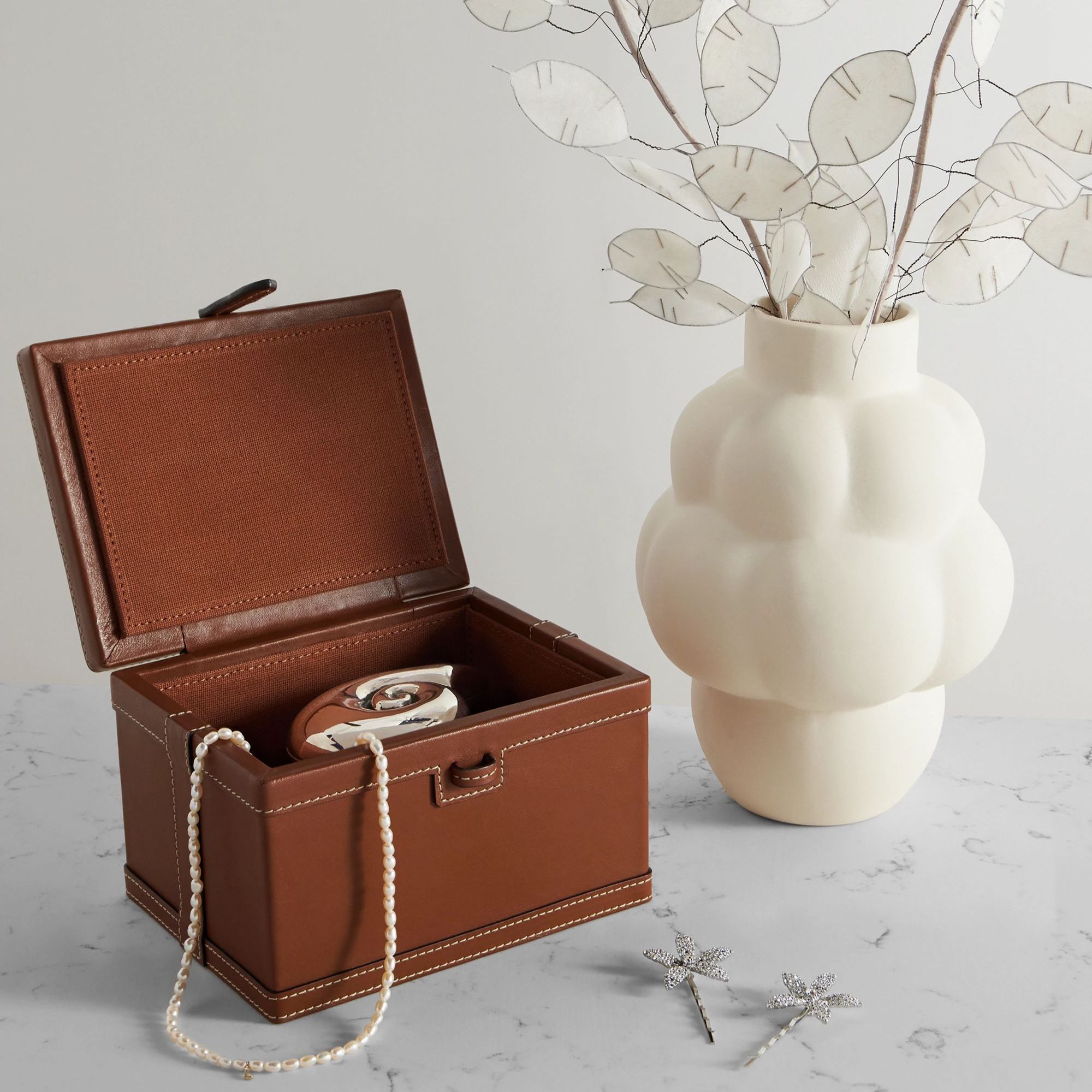How can you make your home more comfortable? Interior designers weigh in with their top 10 tips
Ensuring you feel at ease in your space should always come before mastering the latest interior design trend – this is how the experts make homes more comfortable
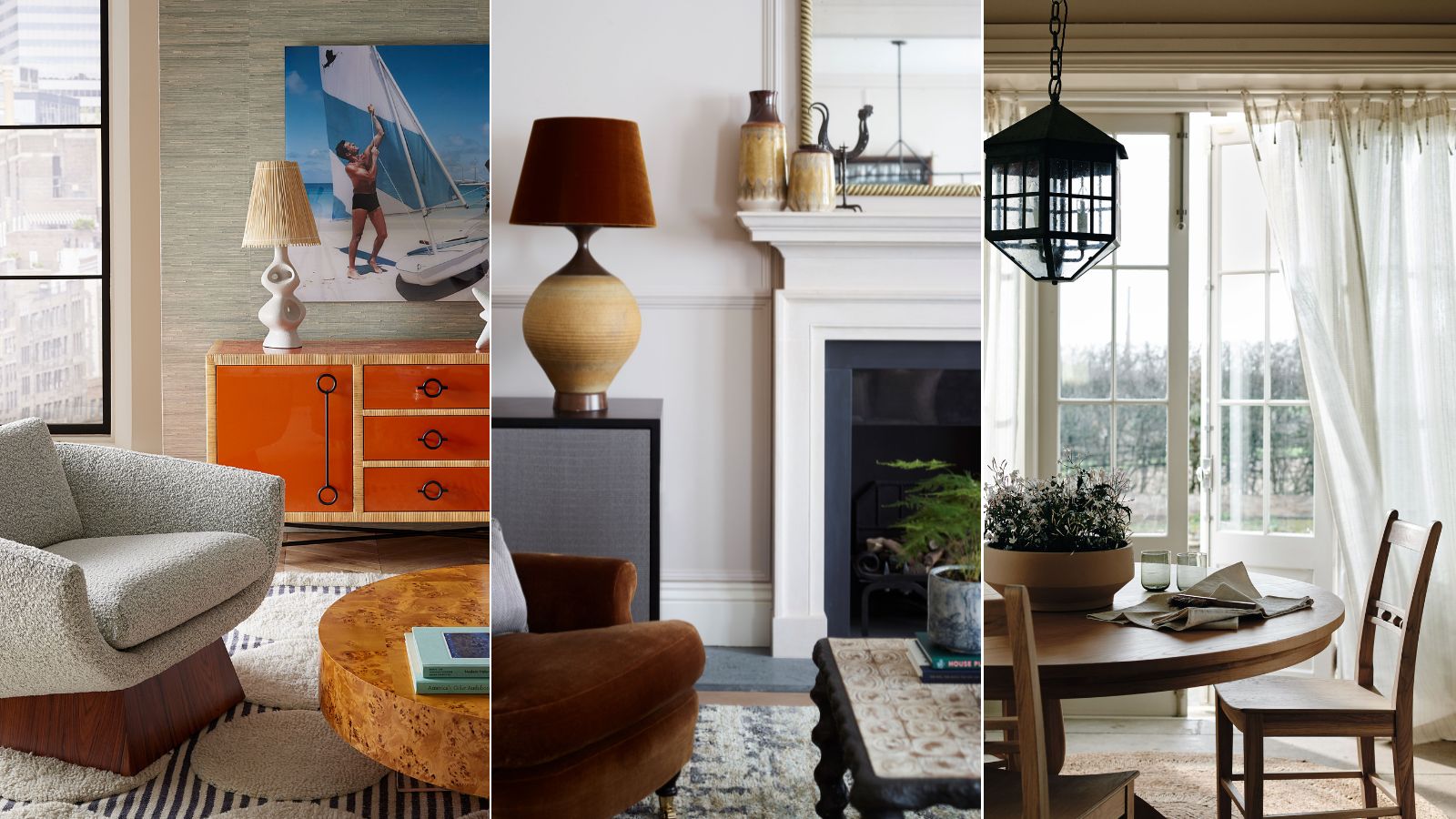

Everyone loves a sleek and sophisticated interior space, and following design trends is undoubtedly fun. But it's easy to get caught up in the aesthetics and forget the most important aspects of a lovely-to-live-in home. Keeping comfort in mind and ensuring your space is inviting to all goes quite a long way, allowing you to enjoy a less stressful lifestyle.
A wide array of design elements contribute to a considered, comfort-forward space. And while the list might seem overwhelming, it's ultimately good news – there are many minor tweaks that will make your home more welcoming and a soothing, softer space. From relaxing lighting schemes to calm color palettes, these are the top 10 designer-backed tips for making your home more comfortable.
10 tips for making your home more comfortable
If your home is feeling just a little bit off as of late, these expert-approved tips will ensure your home is at peak comfortability all year round. Here's what interior designers do to make the design more cozy in any home – no matter the budget, time constraints, or style.
1. Layer textures
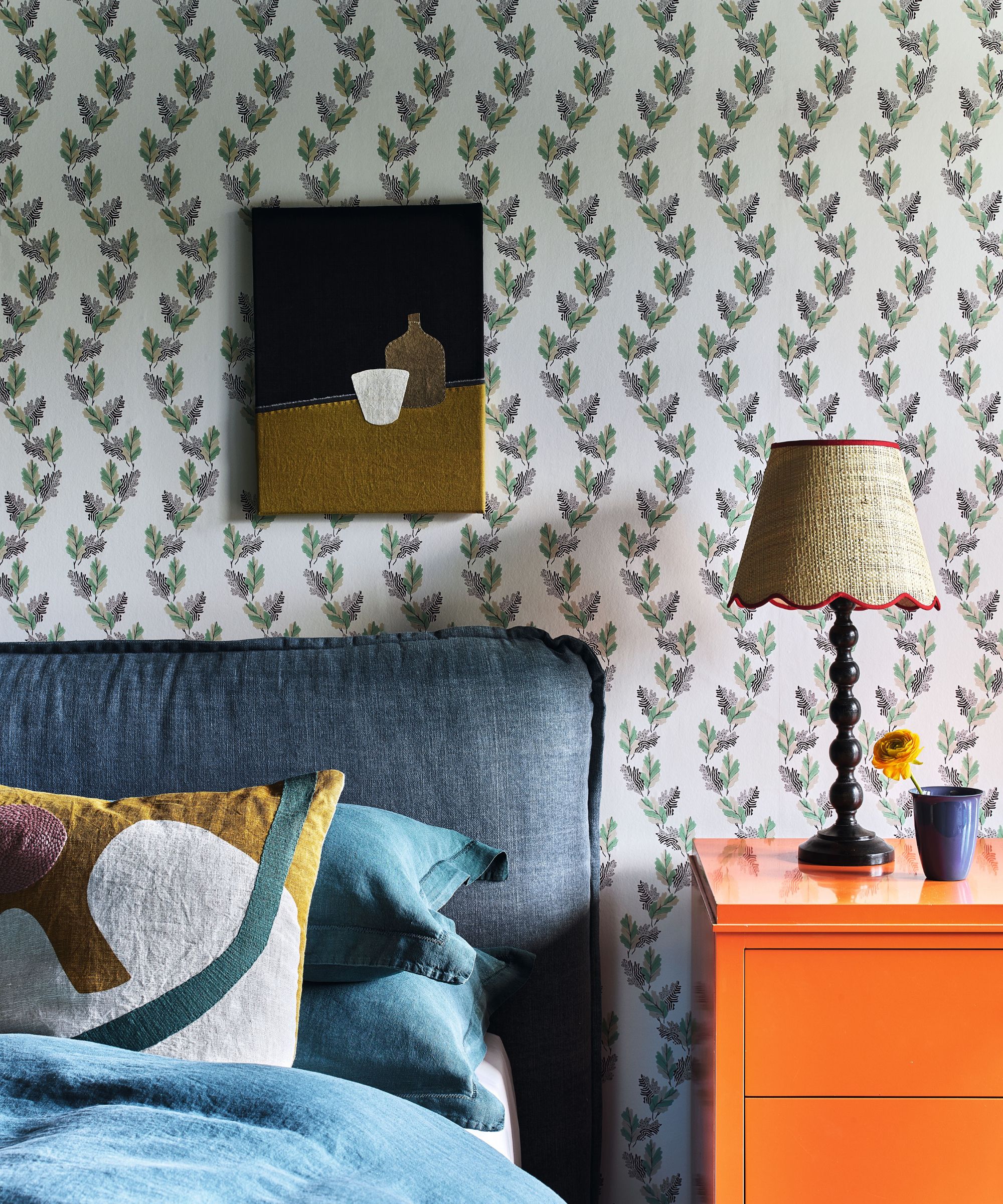
'Layering texture always brings a collected and cozy feel to a space by creating dimension, achieving ultimate comfort within your home,' says Mary Clair Cumbaa, owner of Mississippi-based Cumbaa Design Co.
Comfortable spaces make you feel good, so it's no surprise that interior designers recommend lush, layered textures to bring comfort home. Devin Kimmel, award-winning architect and managing principal of Kimmel Studio Architects, suggests making considered decisions about the textures you introduce in your space. Then, think about how they'll create a cohesive sensory experience throughout the whole home.
'Layering textures creates depth that helps you sink into your environment. Soft rugs, chunky throws, and plush cushions wrapped in soft textiles on natural wood elements create warmth,' says Devin.
Matthew O’Grady, director of Thomas Matthew Kitchens & Furniture, says that focusing on 'soft textiles' can 'play a pivotal role in achieving comfort.' Not just reserved for bedding, these comfort-first materials can be integrated into expected and unexpected design features. Using texture in interior design is a key way to make each and every room of your home warm and welcoming for all. 'Cushions, rugs, and throws in a variety of textures can enhance the tactile nature of space, inviting residents and guests to settle in and relax,' says Matthew.
2. Prioritize quality lighting
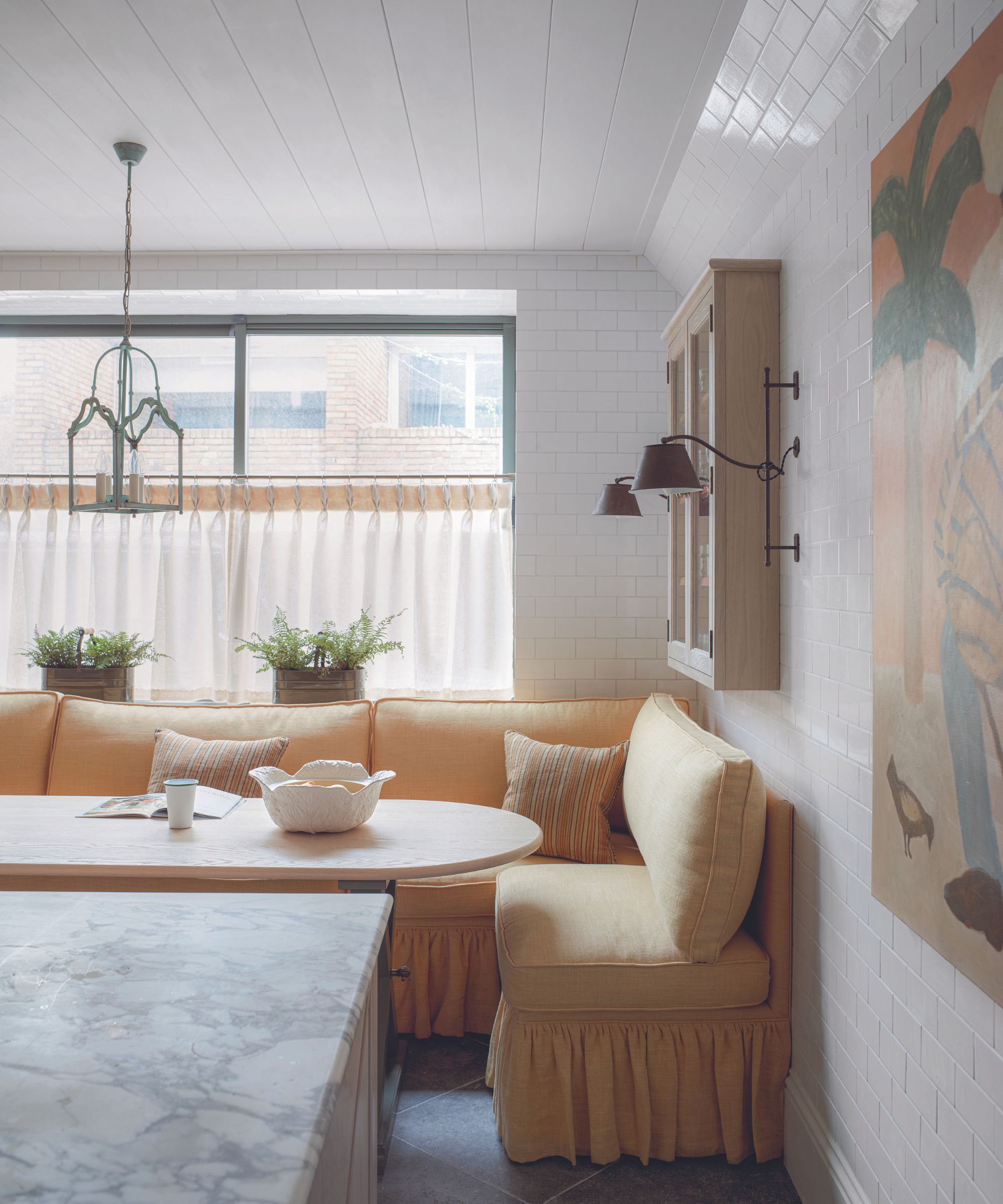
Lighting has such a big impact on your wellbeing, and using the right combination of fixtures can make a stark, sterile room more welcoming in seconds. So if you're looking to make your home more comfortable, lighting is a great place to start.
Elizabeth Drake, principal designer of her eponymous design firm based in Chicago, says one of her go-to tweaks for comfort-forward design is 'hands down, better flow of lighting from room to room.'
'Take inventory of your lighting and get the right lamps and bulb brightness to match the activity, including low, ambient lighting for mood lighting. Not every lamp needs to be a bright task lamp, and dark, murky corners need a low-wattage floor lamp. At a minimum, replace old, yellowed lampshades,' suggests Elizabeth.
Note the interplay between natural and artificial lighting in your space as well, making sure to balance the two. During the day, the most comfortable spaces have plenty of natural sunshine, but the desire for bright light shifts quite drastically when it's time to wind down for the evening.
'Spaces bathed in natural light during the day create a lively ambiance while soft, warm artificial lighting for the evenings can help foster relaxation and tranquility. Strategically placed mirrors can also amplify natural light, making a room feel more open and airy,' says Matthew.
Devin agrees, adding that bright overhead lighting tends to make a space less comfortable quite quickly. He suggests increasing your home's natural lighting by investing in 'soft, sheer window treatments. Natural sunlight paired with warm-dim LED lamps that mimic natural light create a warm glow and assist in avoiding harsh overhead lighting that can create a stark and uncomfortable atmosphere.'
3. Keep function front of mind
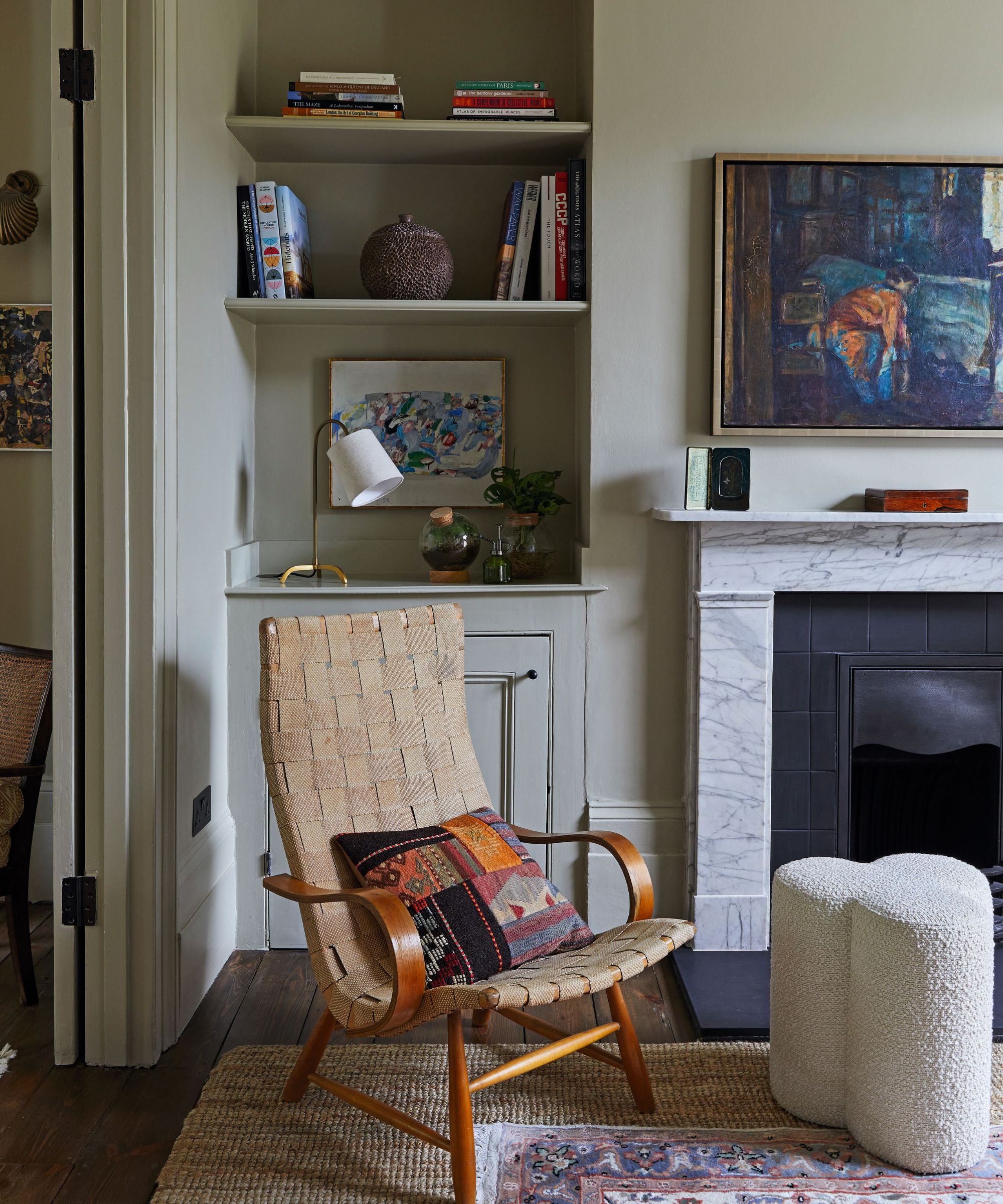
Making your home more relaxing allows you to carry out your daily tasks and routines with ease, so it's important to consider functionality when designing your home. Elizabeth suggests making a list of the activities you enjoy, and making a deliberate space for each of them within your space.
'Think beyond lounging for television – consider things you’d like to be doing such as reading more or listening to music, leaving a project or puzzle out on a table. Then, rearrange some furnishings to carve out a space to that purpose. There's nothing more comforting than tucking away in your reading chair with your feet up and the perfect lighting next to you,' she says.
She adds that she always adds a cozy throw blanket in every bedroom, and 'not just the guest room,' that's expressly for napping. Beds aren't just for overnight sleeps, after all. Matthew adds that 'a comfortable home begins with an understanding of the people living in it.'
And that understanding goes beyond the daily routine. 'This ranges from knowing their daily routines, personal style, and even the intricate dynamics of their relationships – whether it's a budding couple or a lively family of five.'
4. Stick with a calming color scheme

Choosing a color scheme for your whole home is a big decision, especially considering that your pick will make a big difference in how comfortable your home is on the daily. Artem says the color scheme is interior design's 'main enhancer of mood,' and suggests decorating with neutrals.
'We usually prefer to use soft and neutral color schemes with touches of gentle color to promote a peaceful and calming environment. Such colors mirror the natural attributes and bring the outside in, and the continuity brings about serenity,' he says.
As a 'tried-and-true method to evoke a sense of comfort,' Matthew suggests warm neutrals as a base: 'Of course, an occasional bold color for accent can add depth and personality to the space without overstimulating the senses,' he adds.
5. Cater to the senses
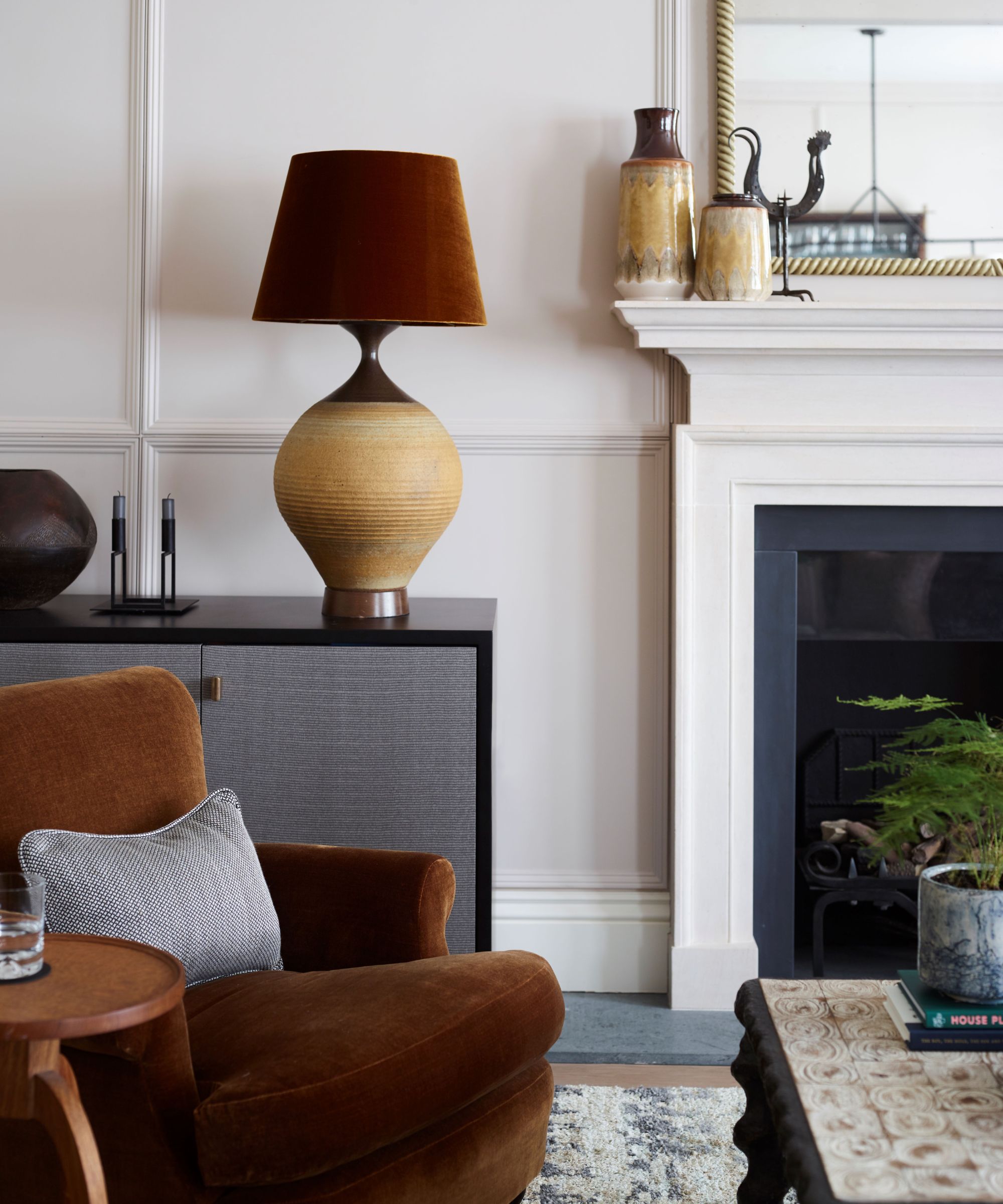
Lush textures contribute to a more comfortable home, but considering the other four senses is just as important. Artem says that creating a comfort-forward home doesn't just have to do with the beauty of your interiors – you also have to keep in mind your 'lifestyle and sensory perception' of the space.
'We concentrate in balancing functionality with tranquility, making sure every detail adds to a sense of harmony,' he says.
The scent, temperature and overall quality of your space all contribute to your mood and mindset, and Devin suggests integrating small details throughout your space to ensure you're on the right track. Design with your senses front of mind, and you'll surely be left with a more comfortable home.
'Additional tips include natural plants, light aromatic scents like lavender and sandalwood, and finding the right room temperature for your comfort,' he says.
6. Personalize your space
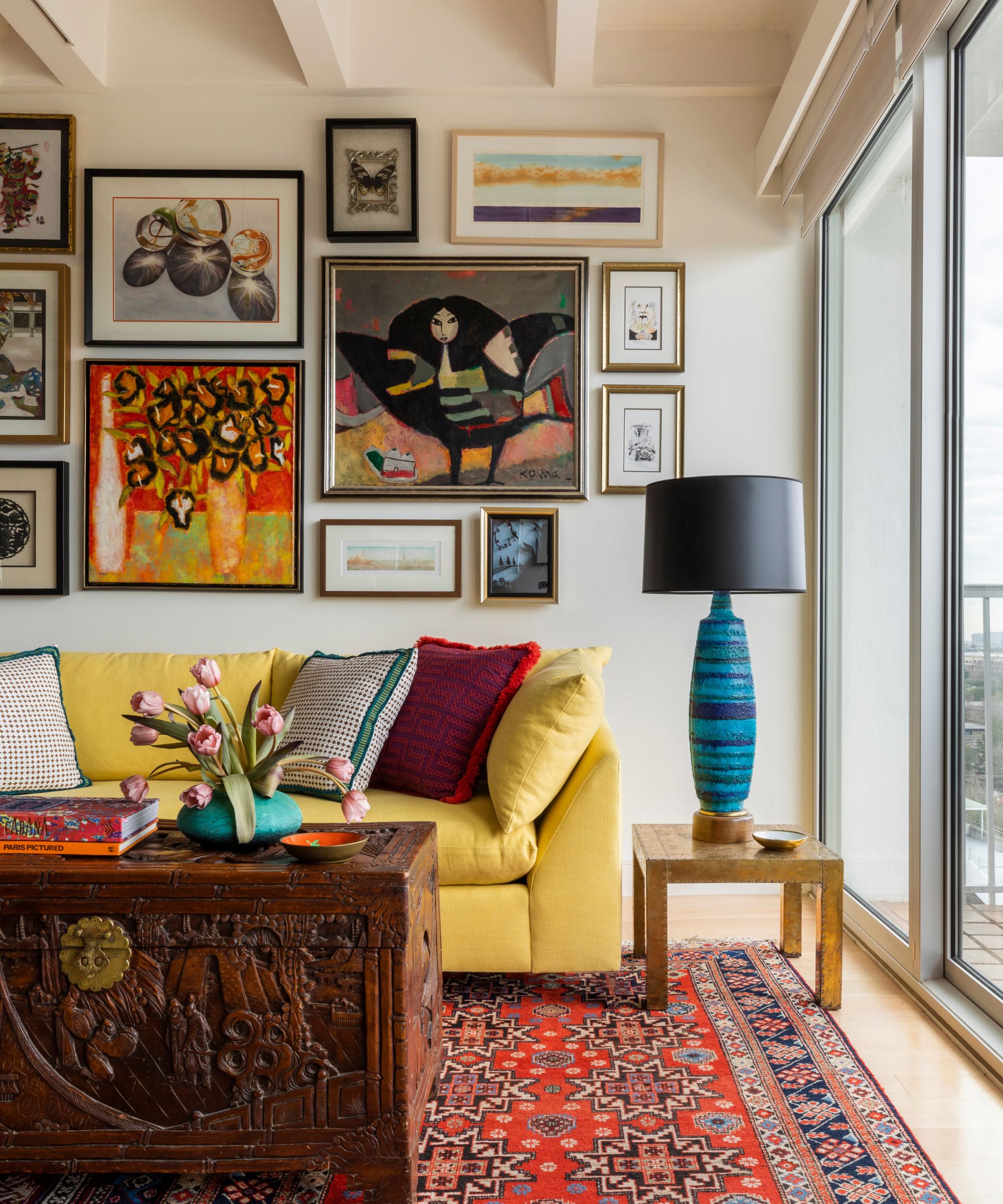
When designing for comfort, don't rely too heavily on the trends. Instead, get a good sense of your personal design style, and invest in the things you love. Make sure to express yourself with your decor, showing off your personality and interests.
'The essence of a comfortable home is the personal touches that tell the stories of the people living there. This can be family photos, a collection of favorite books, or a memento from a memorable trip,' says Matthew.
Decorate with family heirlooms and travel souvenirs to let your family, friends and guests get a peek into what makes you, you when they visit your space. They'll feel more at peace, and you'll be surrounded by the people and things you adore through every season.
'Creating a cozy yet functional space is about more than just picking the right furniture or color scheme – it's about creating an atmosphere where people can feel at ease, allowing room for their day-to-day activities and sentimental belongings. Only then can a house truly become a comfortable, inviting home,' Matthew adds.
7. Channel warmth
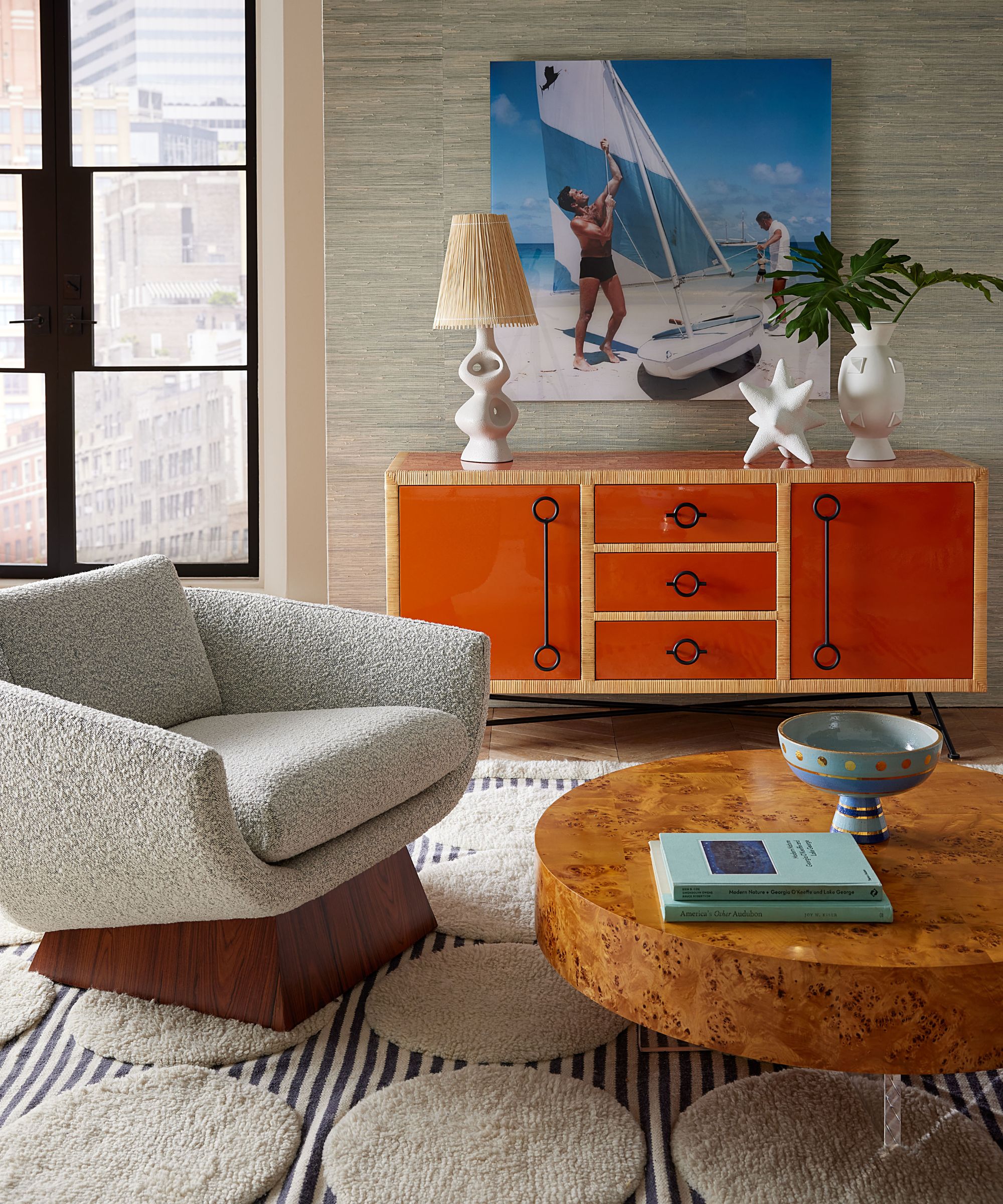
Throughout your home, a good design rule of thumb is to add warmth to each room – and not just in regard to temperature. Make your space warm, inviting and comfortable by seeking out warm color schemes, textures, patterns and design accessories. Kailee Blalock, co-founder of San Diego-based House of Hive, says 'plush furniture' does the trick as well.
'Select colors with warm undertones and a palette that reflects your personal sense of comfort. Enhance the coziness with fragrances through candles, diffusers, and incense. Additionally, opt for warm lighting, particularly using task lighting instead of overhead fixtures, to create a warmer ambiance,' she says.
8. Keep it organized

A clean home is a comfortable home, so spend some time studying decluttering tips and tidy away! The rest of your carefully considered and curated design scheme won't get the chance to shine if it's covered in clutter. Let your hard work show by keeping your home clean and ready for relaxation.
'Creative organization with decorative bins and or closed storage helps to declutter your physical space and your mind, putting you at ease with the freedom to relax and enjoy the moment – out of sight, out of mind!' says Devin.
9. Ensure ample seating
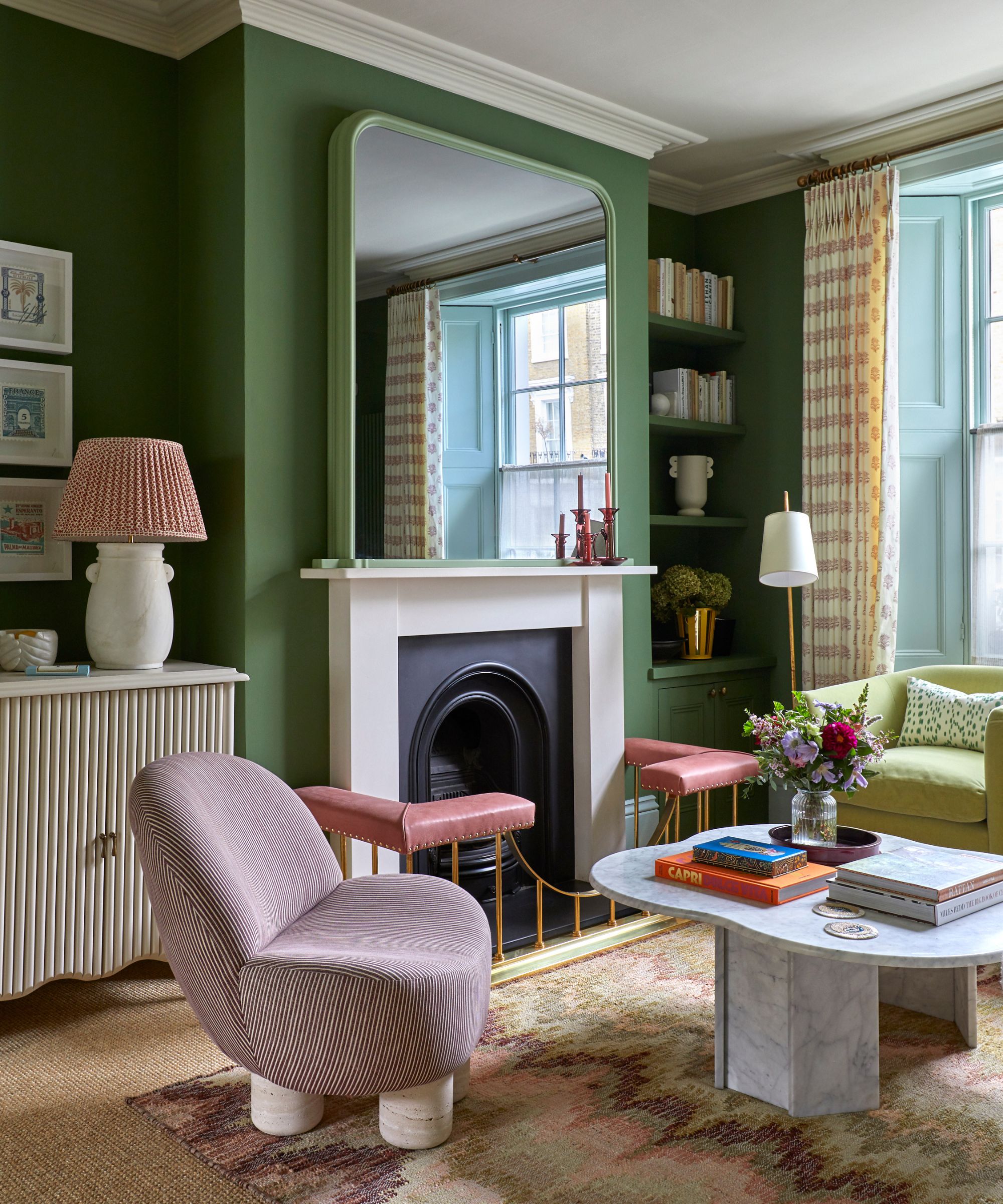
'Furniture should be welcoming and functional, providing plenty of seating options and storage space. Bespoke furniture items, which are my specialty, can be designed to cater to specific needs, enhancing the functionality of the home while keeping aesthetics in mind,' says Matthew.
Just because you've got a high-quality living room sofa doesn't mean your home's seating situation is sorted. A truly comfortable home has seating for every occasion. Don't leave yourself standing, and ensure you have proper (and comfy) seating to suit your daily needs – from the perfect chair for reading, to a home office chair with lower back support, you probably have more room for relaxation in your home than you once thought.
10. Give your space a natural touch

Finally, let your interior design blend with the outdoors by bringing indoor plants, fresh flowers, and decor reminiscent of nature into your space. Designer Artem Kropovinsky says that keeping this flow in mind 'makes the home comfortable psychologically.' With organic colors, textures and tasteful motifs scattered throughout your home, you'll be met with the relaxing qualities of a lovely sunny day without stepping foot outside.
'These include the use of indoor plants, water features, as well as materials such as wood or stone, that enhance the bond to nature known to lower stress and promote happiness,' he says.
With these 10 expert-backed tips, you're sure to have the most comfortable home on the block. Make your home your own, pay special attention to lighting and color scheme, and layer lush textures to achieve peak relaxation without any trouble at all.
Sign up to the Homes & Gardens newsletter
Design expertise in your inbox – from inspiring decorating ideas and beautiful celebrity homes to practical gardening advice and shopping round-ups.

Abby was the Interior Design News Editor at Homes & Gardens and is now studying for her Master's degree in Journalism at City University, London. Prior to joining our team, she worked with Better Homes & Gardens, where she wrote and edited content about home decor, gardening tips, food news, and more. She studied Journalism and English Literature at New York University and moved to London to pursue her love of writing in 2023.
-
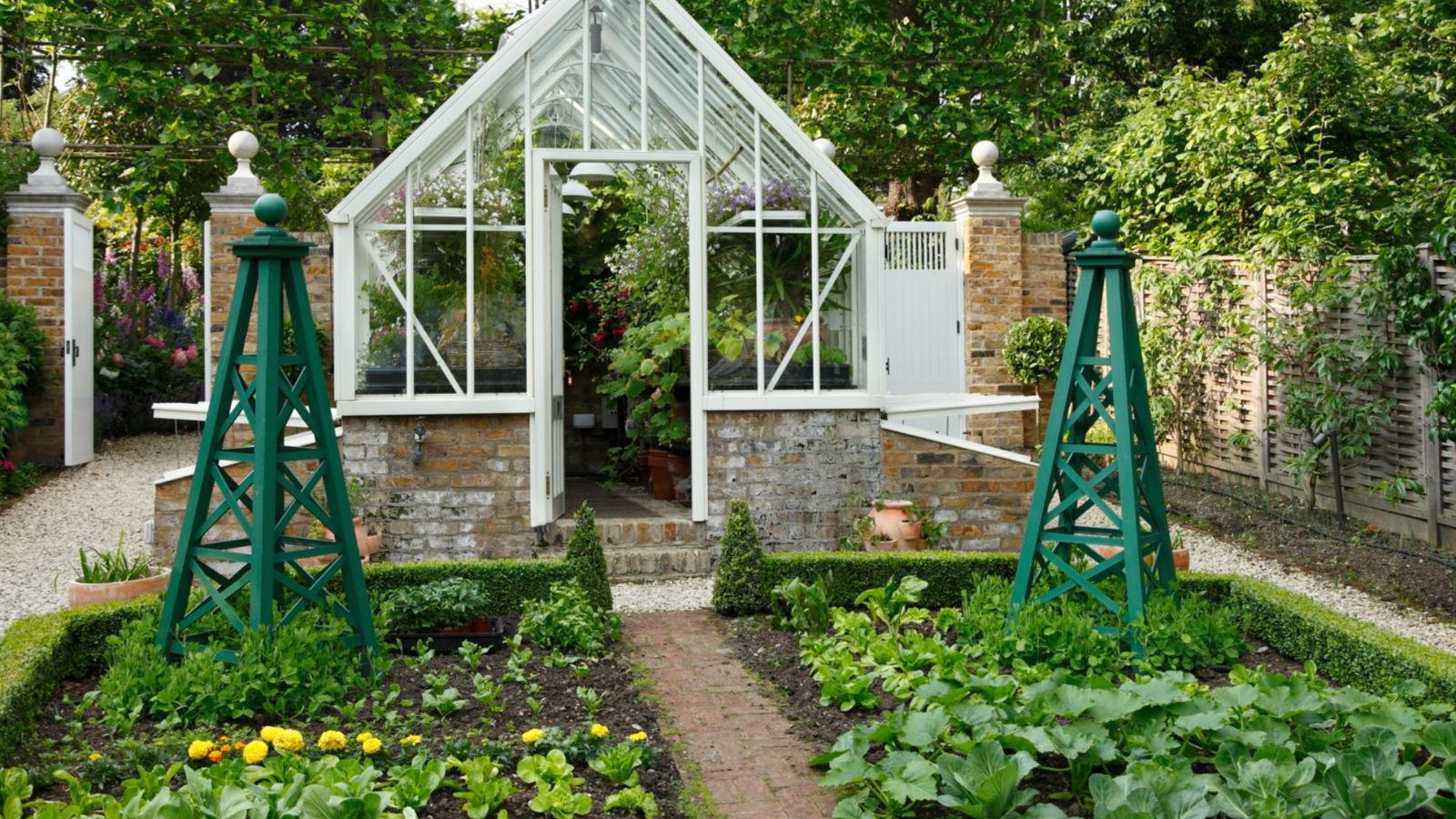 The long-awaited ALDI $40 raised bed garden planter is finally back, and it is perfect for small gardens and apartments
The long-awaited ALDI $40 raised bed garden planter is finally back, and it is perfect for small gardens and apartmentsThis highly-rated wooden planter sells out every year, so be fast
By Jennifer Ebert Published
-
 Best types of delphiniums – 14 stunning varieties for vibrant flower spikes in your yard
Best types of delphiniums – 14 stunning varieties for vibrant flower spikes in your yardPlants Here are our top types of delphiniums for brightening summer borders
By Holly Crossley Published
